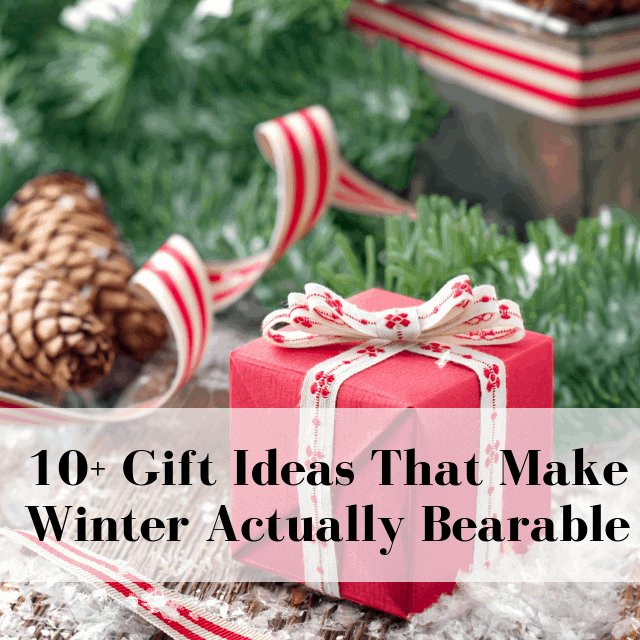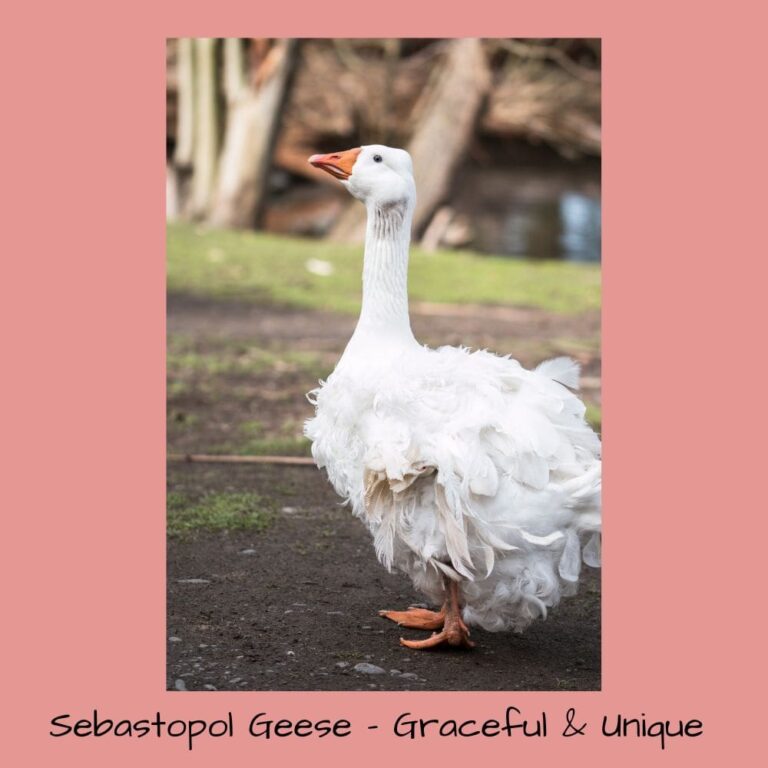After many months of being on strike, my red hen finally laid an egg. In reality, I think the low daylight hours effected her, so I added a light to their new coop, followed by a few threats about the stew pot. (Don’t let anyone tell you threats of the pot don’t work because THEY DO.)
Now to check fertility! This is welcome news since the passing of Mrs Leedle means this is my last laying hen for a while. I already have 2 juvenile roosters from the red hen, as well as 13 from Mrs Leedle, and they are very healthy and very (very) fast growing. Definitely genetics I want to keep around! They have nice broad chests which promise good meat. My blue copper marans are very pretty birds but slower growers than my mixed breeds. And now we have eggs to eat!
So far, out of the first hatch I have 5 roosters and 3 pullets. Out of my second hatch, it’s hard to tell, but if my feather sexing is correct, I only have 2 pullets and 6 roosters. I’ve been told to give them away or sell them because of the cost of raising them to slaughter age. There are so many for sale or free on craigslist that I don’t see that being a viable solution. I’ve come up with a sustainable way to manage all these roosters.
When spring comes, I will use them for meat and also insect control. The reason we got chickens in the first place was to control the flies and mosquitos, and they did a great job. It worried me that confining my laying and breeding chickens to the coop would bring back all the bugs. But preserving the flock from predators if equally important. Using the excess roosters to control the bugs is a win/win solution, especially since we plan to electrify the whole property fence. They will require less feed since they will be free ranging, and they get to live the good life scratching for bugs, etc.
Win/win!
What do you do with your excess roosters?
Maat van Uitert is a backyard chicken and sustainable living expert. She is also the author of Chickens: Naturally Raising A Sustainable Flock, which was a best seller in it’s Amazon category. Maat has been featured on NBC, CBS, AOL Finance, Community Chickens, the Huffington Post, Chickens magazine, Backyard Poultry, and Countryside Magazine. She lives on her farm in Southeast Missouri with her husband, two children, and about a million chickens and ducks. You can follow Maat on Facebook here and Instagram here.



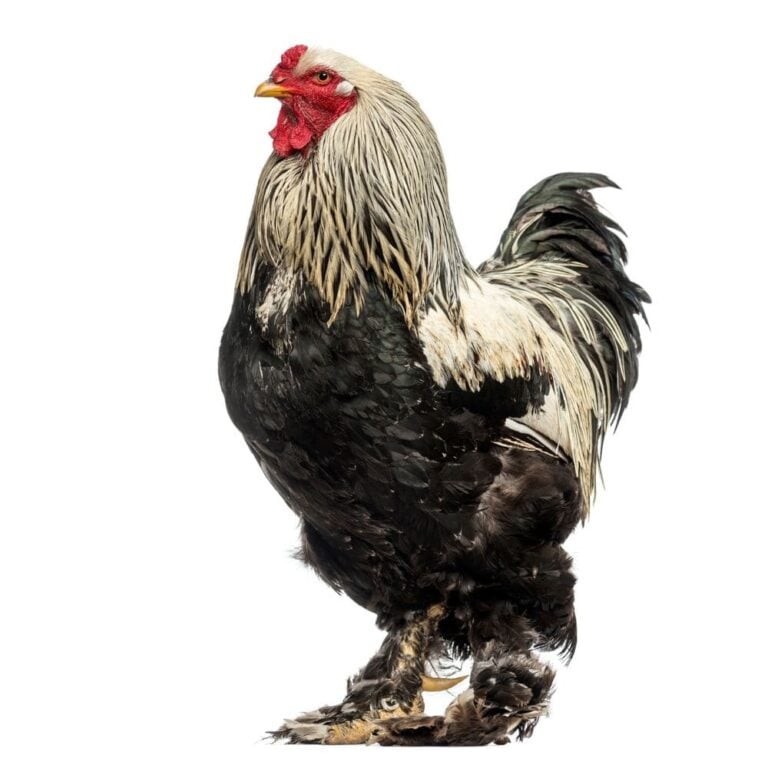
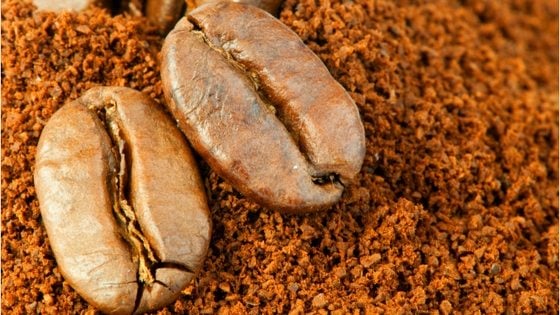
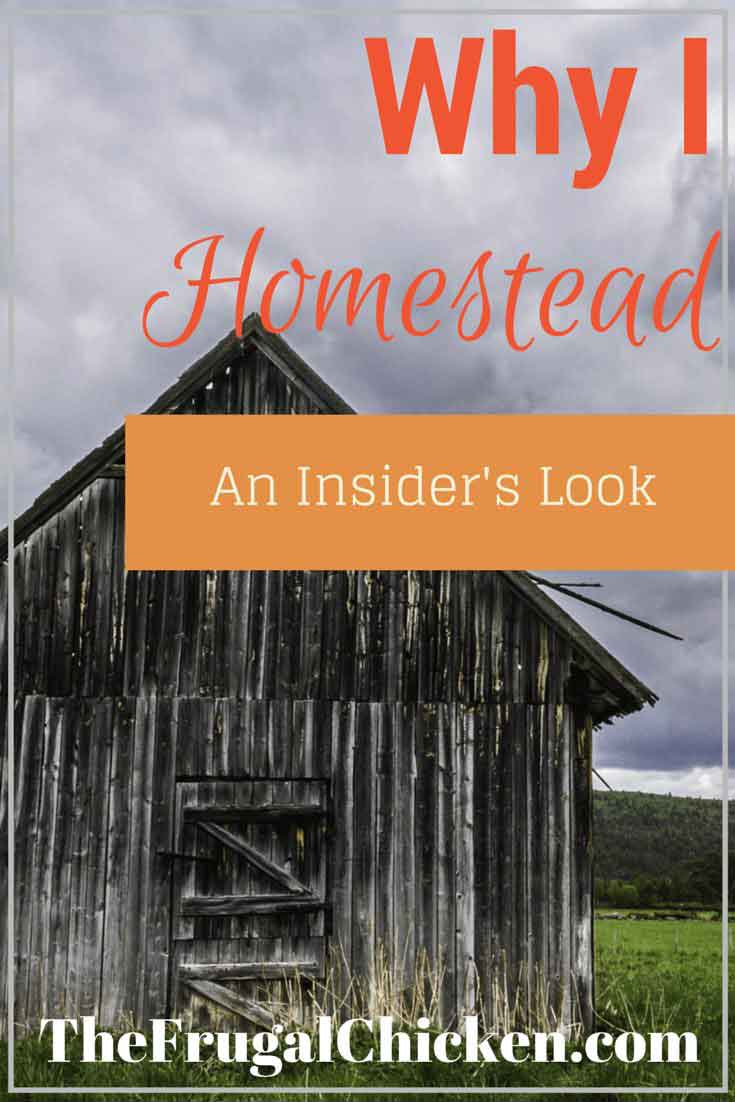
![What The Veterinary Feed Directive Means & How I’m Preparing [Video]](https://thefrugalchicken.com/wp-content/uploads/2016/12/veterinarian-feed-directive.jpg)
